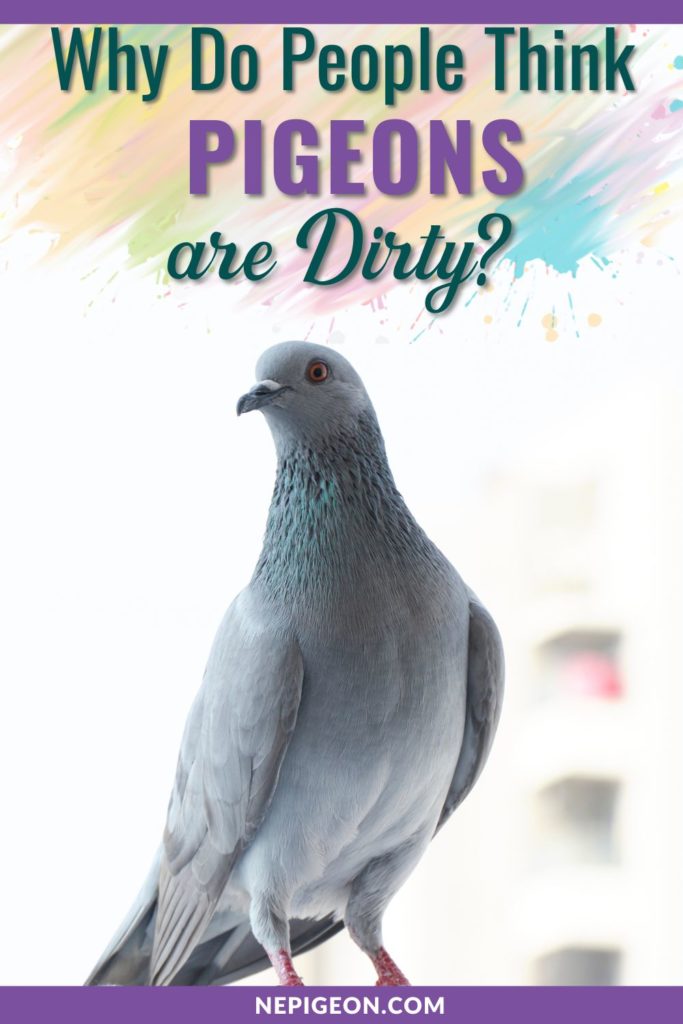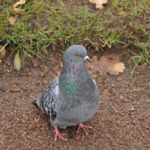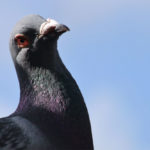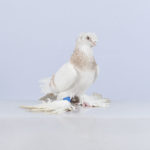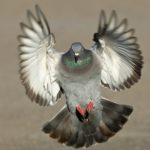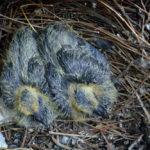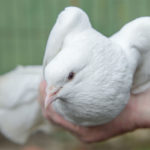Feral pigeons are among the world’s least popular birds. It’s hard for many of us to believe that there was a time little more than half a century ago when pigeons were popular pets, and racing pigeons was a competitive sport.
It is even harder for many of us to believe that there was a time when most Europeans considered pigeons, along with rabbits and carp, as the mainstays of a healthy diet.
In the United States, pigeons have been increasingly unpopular since Harvard and MIT mathematics professor Tom Lehrer, who moonlighted as a songwriter, released a popular ditty entitled Poisoning Pigeons in the Park. “
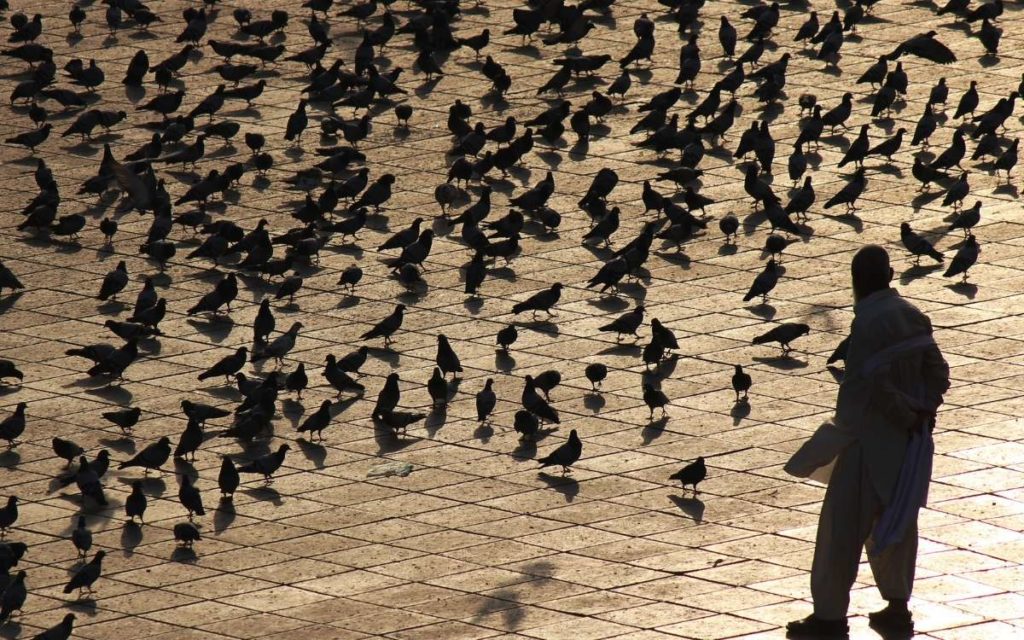
With strychnine, Lehrer said, it only takes a smidgen to kill a nasty pigeon. Lehrer also said that no religion condemns killing pigeons, although most Buddhists would disagree.
In 1966, New York City Parks Commissioner Thomas P. F. Hoving described pigeons as “rats with wings” in an interview published by the New York Times. The moniker stuck, and in 1980 Woody Allen used the expression in his film Stardust Memories.
And the truth is, there are a lot of reasons to think of feral pigeons as dirty birds.
The Problem with Pigeons
A single adult pigeon produces as much as 25 pounds of poop every year. Pigeon droppings are highly acidic.
They can ruin the finish on metal railings. They can eat through car wax. They can stain decks, balconies, and patios.
Pigeons carry disease. Their feathers can harbor ticks and mites.
Pigeon excrement can be germ-laden. Fungal and bacterial diseases from pigeons are a real problem.
Dust particles from dried pigeon droppings can transmit a flu-like illness called psittacosis. which is potentially dangerous to people who have weakened immune systems.
Damp droppings can be filled with Salmonella.
To be fair to pigeons, cities around the world spend much more cleaning up after owners who did not curb their dogs than they spend protecting buildings from pooping pigeons.
Graffiti on buildings and sidewalks and gum stuck everywhere can be much more offensive than the reminders pigeons leave after their visits.
And modern society simply has very little evidence of the pigeon’s many contributions to human welfare over thousands of years.
Pigeons Were Domesticated 6,000 Years Ago
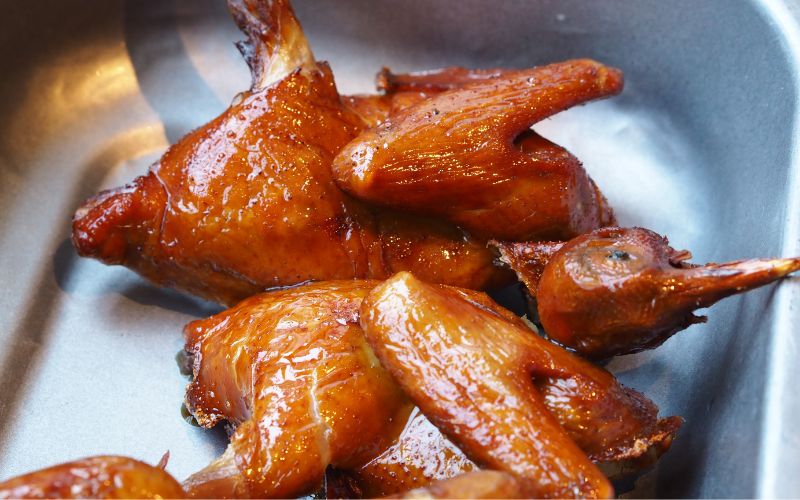
Pigeons were the first bird to be domesticated, in the Middle East, about 6,000 years ago. Farmers raised pigeons before chickens, turkeys, geese, or ducks.
Pigeons provided meat for protein-hungry families, but they did not require any feed. They went out and gathered their own food in the wild and came home to roost every night.
Modern pigeons are probably descendants of a species of wild pigeon known by its scientific name Columba livia. Still, they didn’t come about as the result of a systematic breeding program.
Early birders put out rows of ledges and clay pots along the inner walls of a dovecote. A single dovecote could house as many as 5,000 nesting females.
Pigeons required minimal attention, but each nesting pair produced about 10 squabs a year. For people from ancient times until the 1800s, pigeons were an essential source of protein.
Pigeons in War and Peacetime
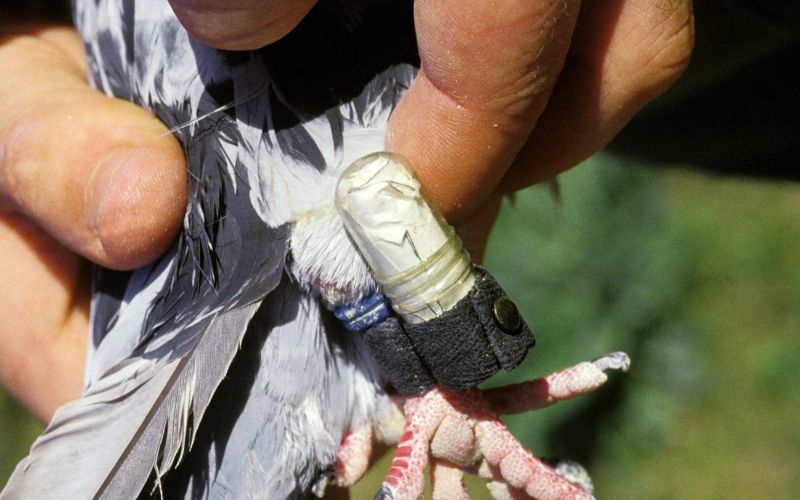
Humans have recognized the ability of pigeons to find their way home for almost as long as they have been keeping them as domestic animals. There were networks of message-carrying pigeons in Persia and Syria as long as 3,000 years ago.
In the 1850s. Paul Julius Reuter, the founder of the still-operational Reuters New Service, used homing pigeons to carry news reports between the cities of Brussels in Belgium and Aachen in Germany.
In 1898, the Great Barrier Air Mail Service issued the first airmail stamps, for carrying letters between Auckland, New Zealand, and Great Barrier Island off the coast.
The US Army used homing pigeons in both World War I and World War II. The American Signal Pigeon Corps consisted of 54,000 birds and 3,150 soldiers.
The United Kingdom awarded 32 Dickin Medals (the equivalent of the Victoria Cross) to pigeons that had braved gunfire to deliver vital messages to British and American troops.
Homing pigeons carried messages to and from the police stations of Orissa, India until 2002.
There’s More to Love About Pigeons
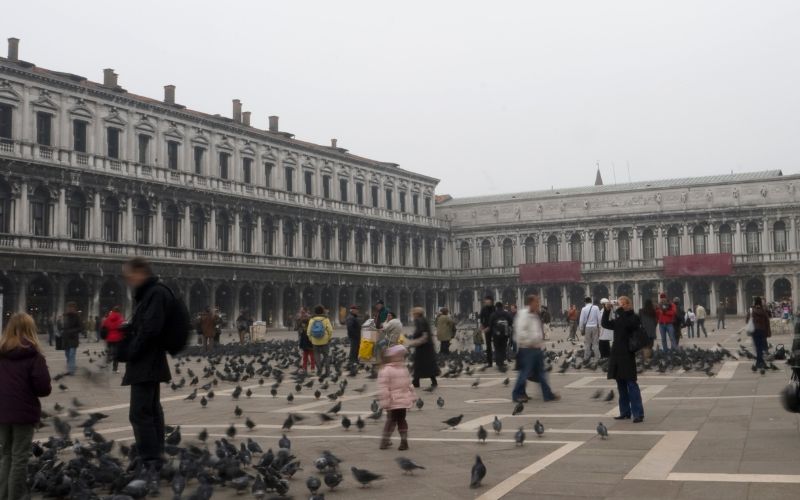
Pigeons have also been used in scientific research. The maternal bonding hormone prolactin was first discovered not in human breast milk but in the “milk” mother pigeons feed their hatchlings.
Pigeons are tourist attractions at Venice’s Piazza San Marco and London’s Trafalgar Square. And pigeons all over the world have beautiful plumage.
So, what can be done to rehabilitate the popular image of the “dirty” pigeon?
How to Make Pigeons Popular Again
Modern urban pigeons aren’t going the way of the passenger pigeon. Despite numerous efforts to exterminate them, pigeons keep coming back year after year.
The key to enjoying pigeons is to give them a home where their messy habits won’t be a problem.
Create a nesting habitat where passersby can watch ingenious pigeon parents feeding their chirping babies. Most pigeons nest out of sight, so most of the public does not associate them with taking care of their young.
Find people who know about the habits of urban pigeons. Find out where pigeons come from in the morning, and where they go to roost at night.
Find the people who know where baby pigeons make their unmistakable whistle. And create safe places for feeding and watching pigeons where there won’t be problems with poop.
Pigeons are beautiful, loyal, intelligent birds. They remember who their friends are, and they avoid people who mistreat them. If you love pigeons, create a home for these remarkable birds where they can be viewed and appreciated, just not too close to the rest of your hometown.
